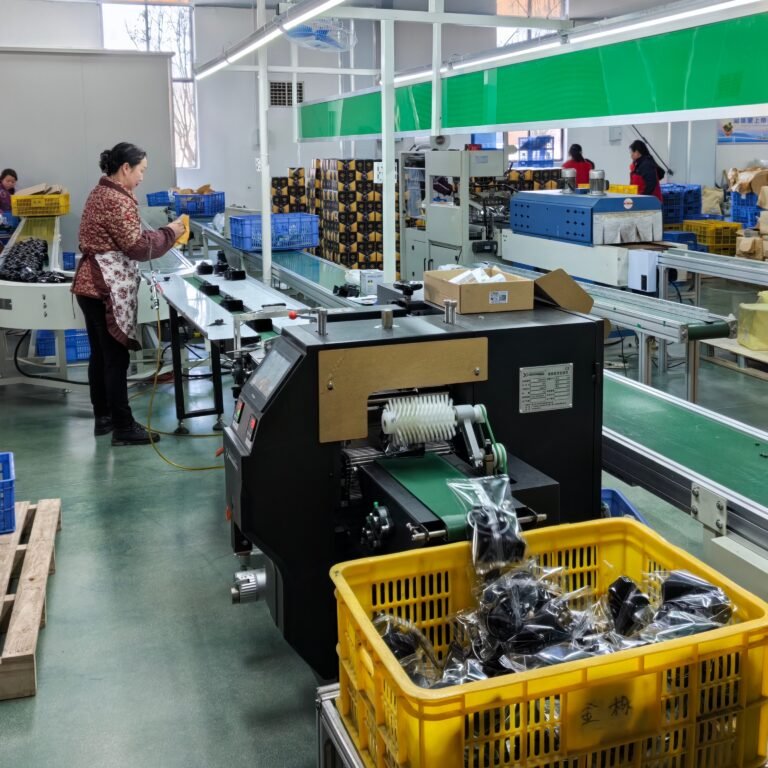Facing issues with your motorcycle horn switch can be frustrating, especially if you're unsure how it works or how to fix it. Ignoring such problems can lead to safety hazards. This article offers a straightforward explanation and solutions.
Understanding the basic functionality and common issues of a motorcycle horn switch is essential for maintaining your motorcycle's safety features and ensuring a reliable horn system. This overview will help you grasp how these components interact and what you might do if they fail.
Stay with us as we delve into the intricate details of motorcycle horn switches, ensuring you have the knowledge to maintain or troubleshoot your system effectively.
Components of the Motorcycle Horn Switch
The motorcycle horn switch consists of several key components: the button, circuit, wiring, electrical contacts, and housing. The button is the part you press, usually located on the handlebar for easy access. This button activates an electrical circuit that runs through wiring encased within protective housing. Electrical contacts inside the switch close the circuit when the button is pressed, sending an electrical signal to the horn.
Electrical Pathway in Horn Activation
When you press the horn switch, the electrical pathway begins at the power source, typically the motorcycle's battery. It passes through a fuse for safety, then through the actual switch button you press. From there, it travels to the horn via a relay, which amplifies the signal. The ground connection completes the circuit, allowing current to flow smoothly and activate the horn sound.
Role of the Relay in Horn Operation
The relay plays a crucial role in horn operation by acting as an electromagnetic switch. When the horn button is pressed, a small voltage from the battery flows through the coil inside the relay, creating a magnetic field. This magnetic field moves the armature, closing the contacts and allowing a larger current to flow directly to the horn, which is crucial for generating the loud sound necessary for effective use.
Troubleshooting Common Horn Switch Issues
Common issues with motorcycle horn switches include malfunction due to dirt, corrosion, or damaged wires. To troubleshoot, start with a continuity test to ensure the circuit is complete. Check for corrosion on electrical contacts and clean or replace them as necessary. Ensure all connections are secure and the wiring has no visible damage. If the problem persists, testing the relay or replacing the fuse might be necessary.
Integration with Motorcycle's Safety Features
The integration of the horn switch within motorcycle safety features is crucial. Its ergonomic placement ensures that it is easily accessible without distracting the rider. Proper design considerations are taken to place the horn switch within a thumb's reach, enhancing rider safety and reducing reaction time in emergencies, making it an indispensable tool for alert communication on the road.
In summary, a well-functioning motorcycle horn switch is vital for safety and communication on the road.


